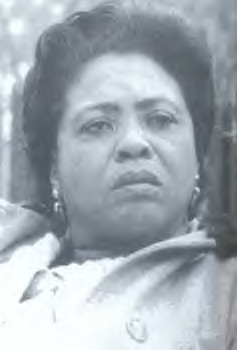____________________________________________________________________
Rummaging through ornaments, I pick up three of my favorites. A trio of polar bears, made from a kind of velvet elvis-like material. They all have this innocent hey lady, where’s the hot chocolate and cookies look when really, they’re eyeing the red-lacquered wagon. And they do it every year … ha! One bear climbs in as the other two take up positions pulling and pushing the wiggly little cart across the window sill. It’s a sweet little vignette until the “it’s my turn to ride in the wagon” starts. But we’ve all been there…
The snowmen, generally a more gentlemanly bunch, find a place around a sparkly tree on a quiet sill away from the bears. Greenery gets hung around my fire place (as much make believe as the polar bears and snowmen), and I light candles in its pretend hearth. The collection of Santas, with big bellies and spindly legs, have gathered around the wood-cut fir to admire the fine glass sleigh parked there and piled high with packages. Christmas music is playing and this year, snow surrounds my little place.
There’s nothing sadder in this world than to awake Christmas morning and not be a child. ~Erma Bombeck
I like make-believing. I especially like make-believing in Santa because he always has faith in what kids believe, seeing beyond wish-lists and into their innocent hearts. The right jolly old elf doesn’t just leave a doll or stuffed animal, but playmates who never tire of tea parties, building forts in forests, or turning sticks into swords . These rag-tagged companions never object to being dragged along on all the Lewis & Clark-like expeditions kids love to make.

___________________________________________________________________





